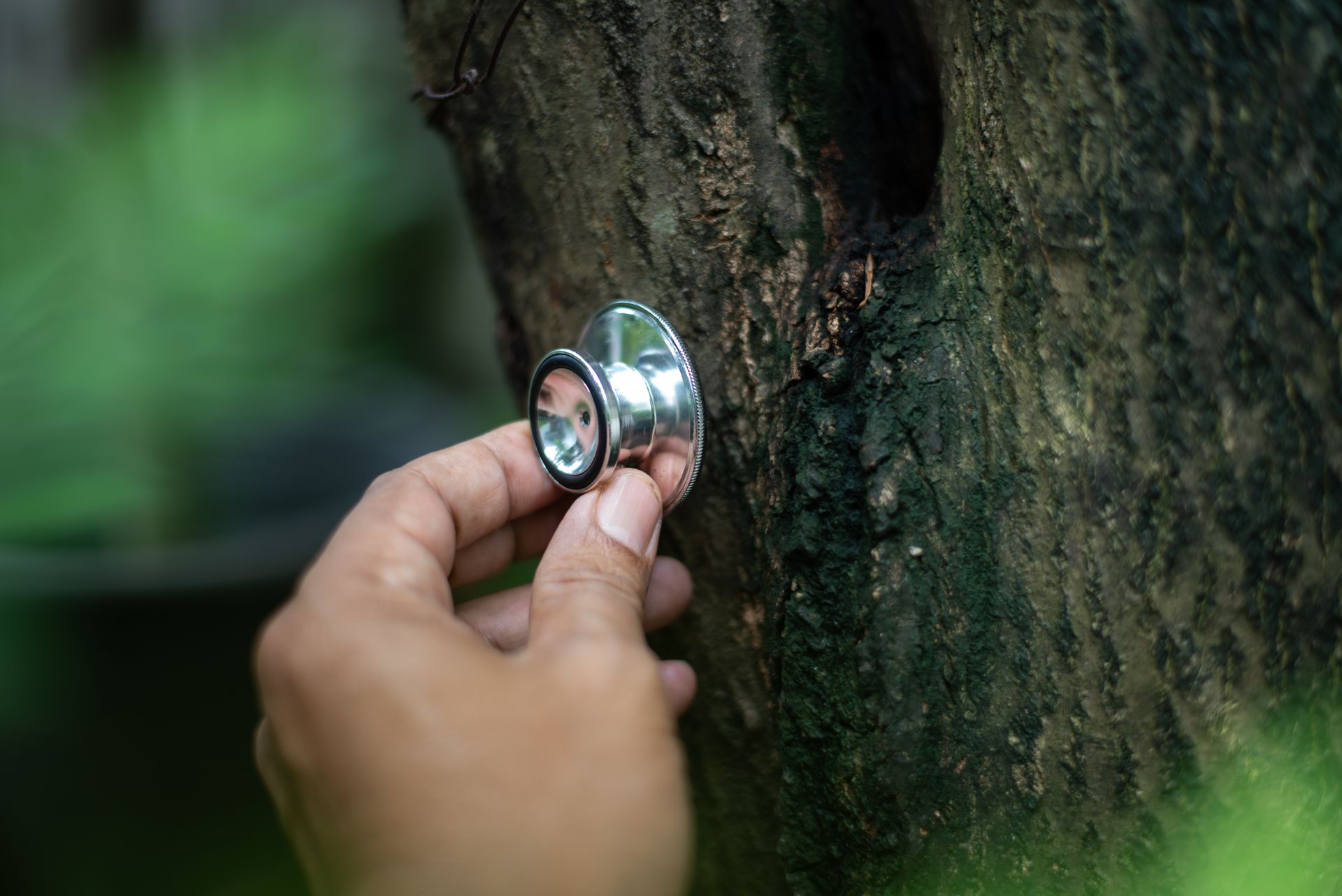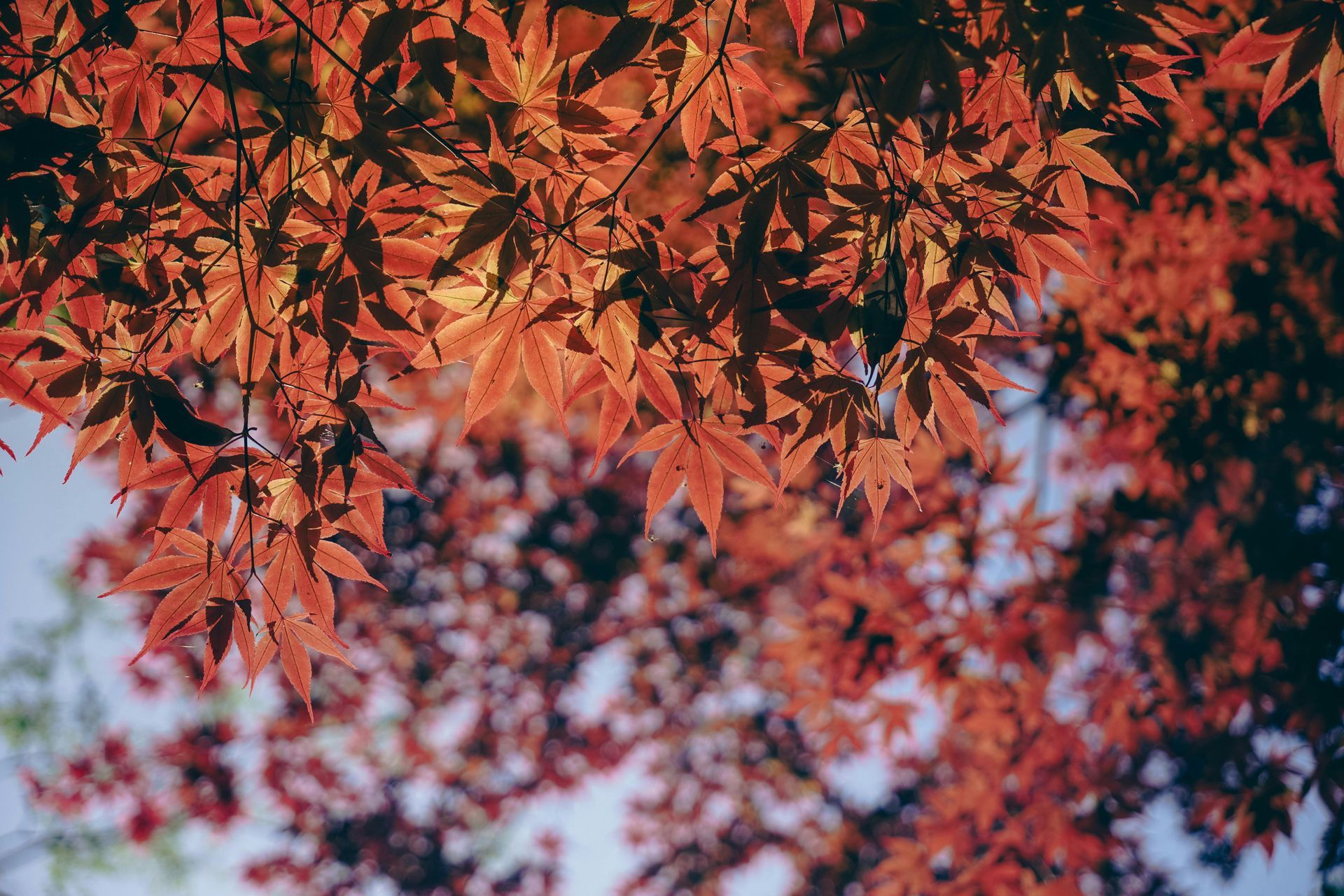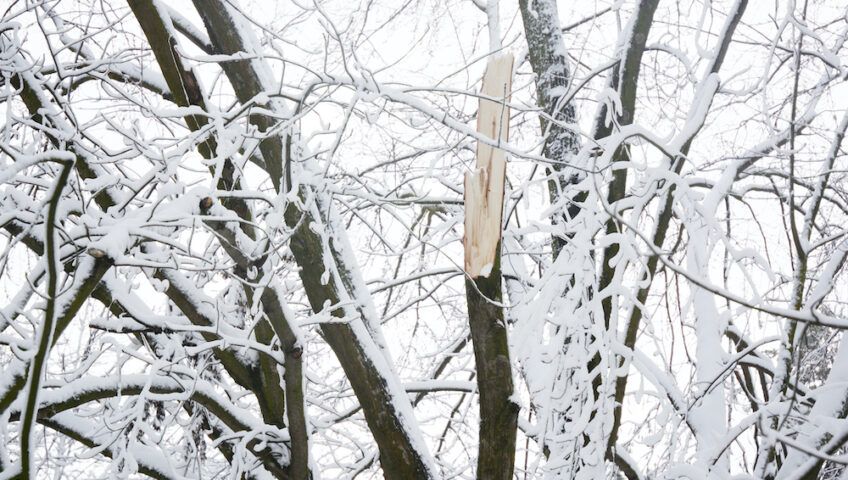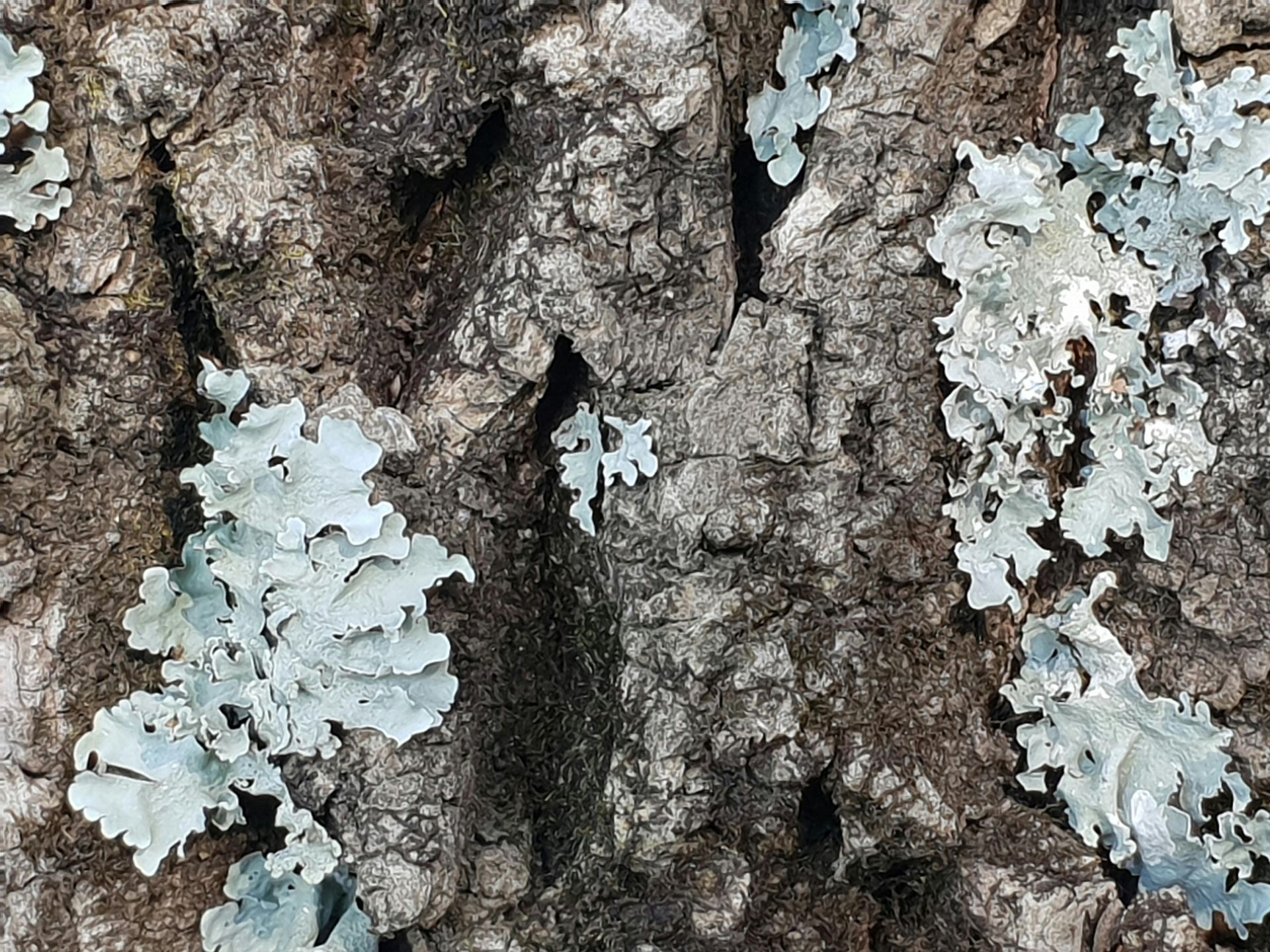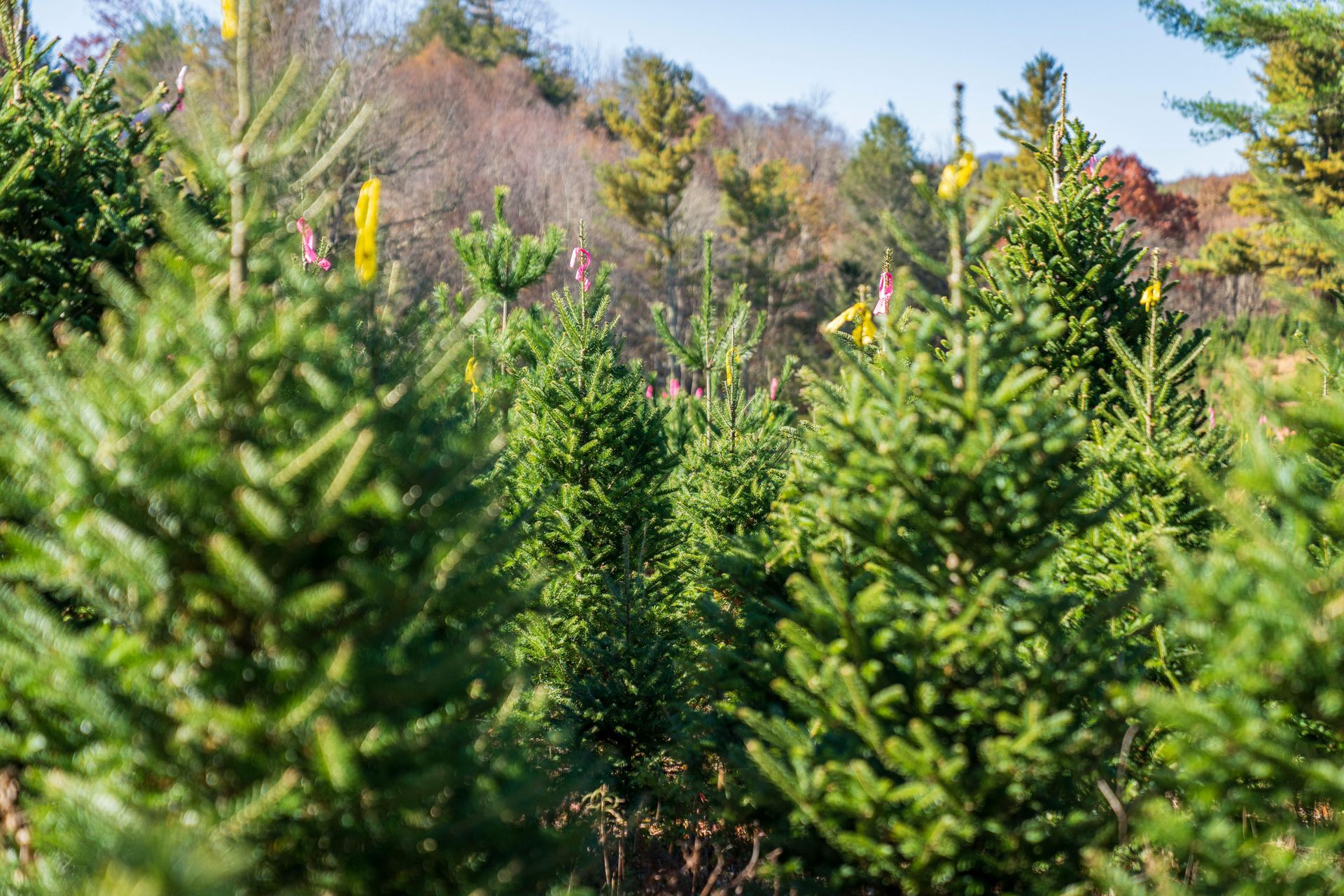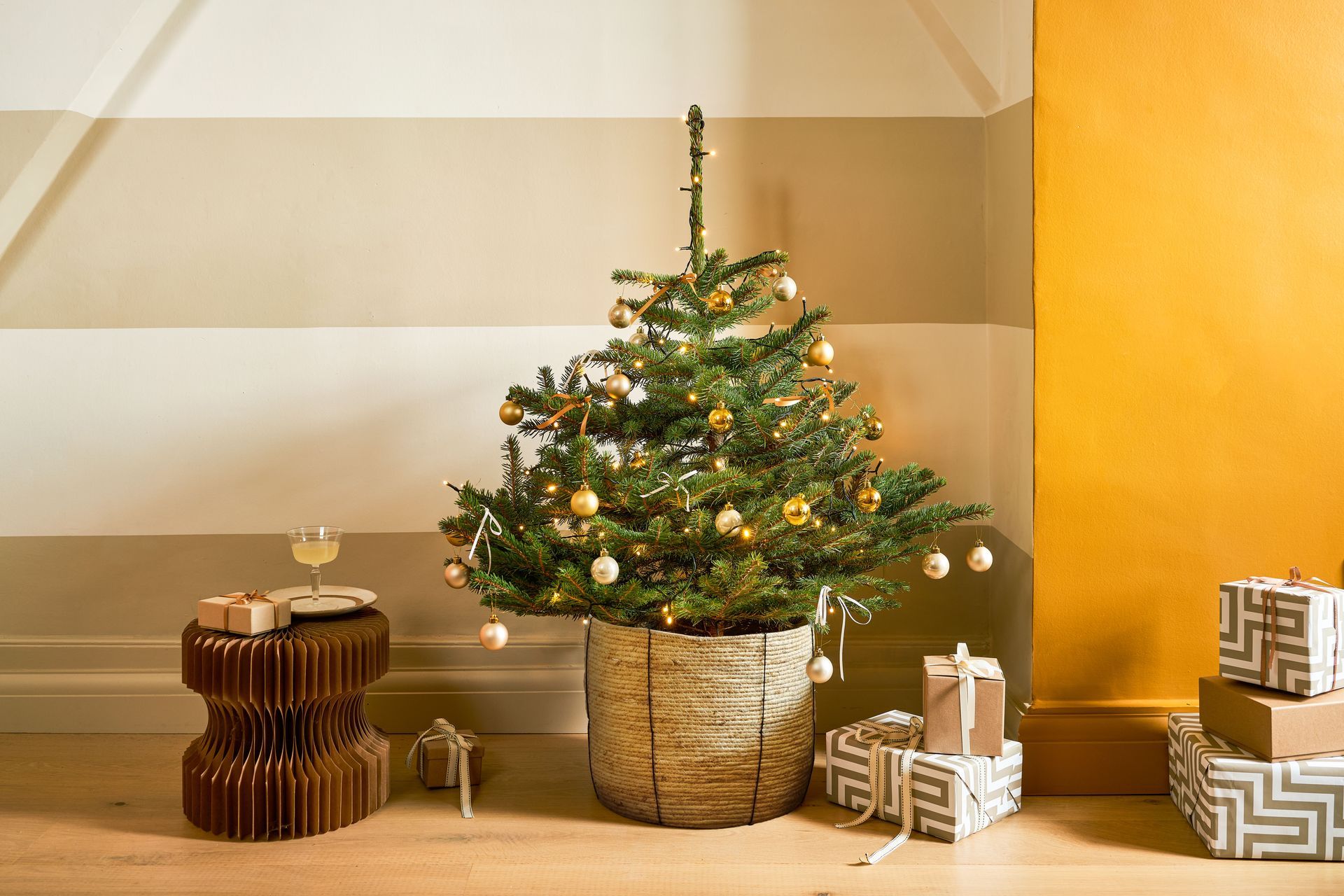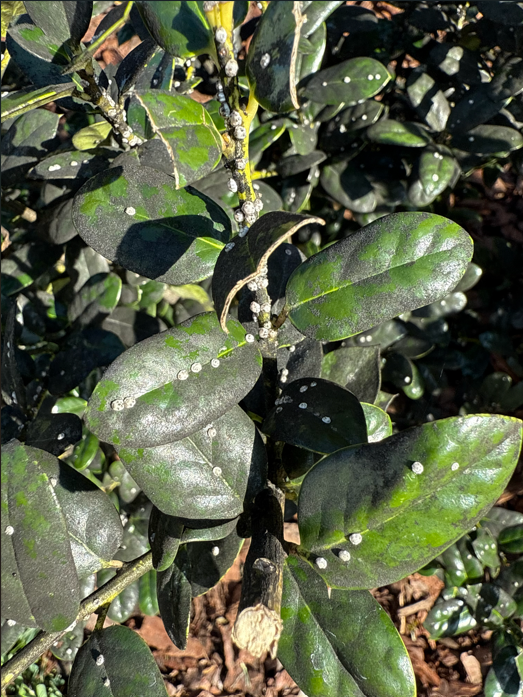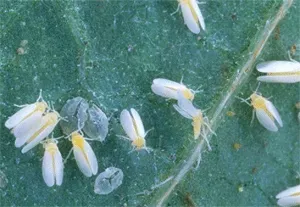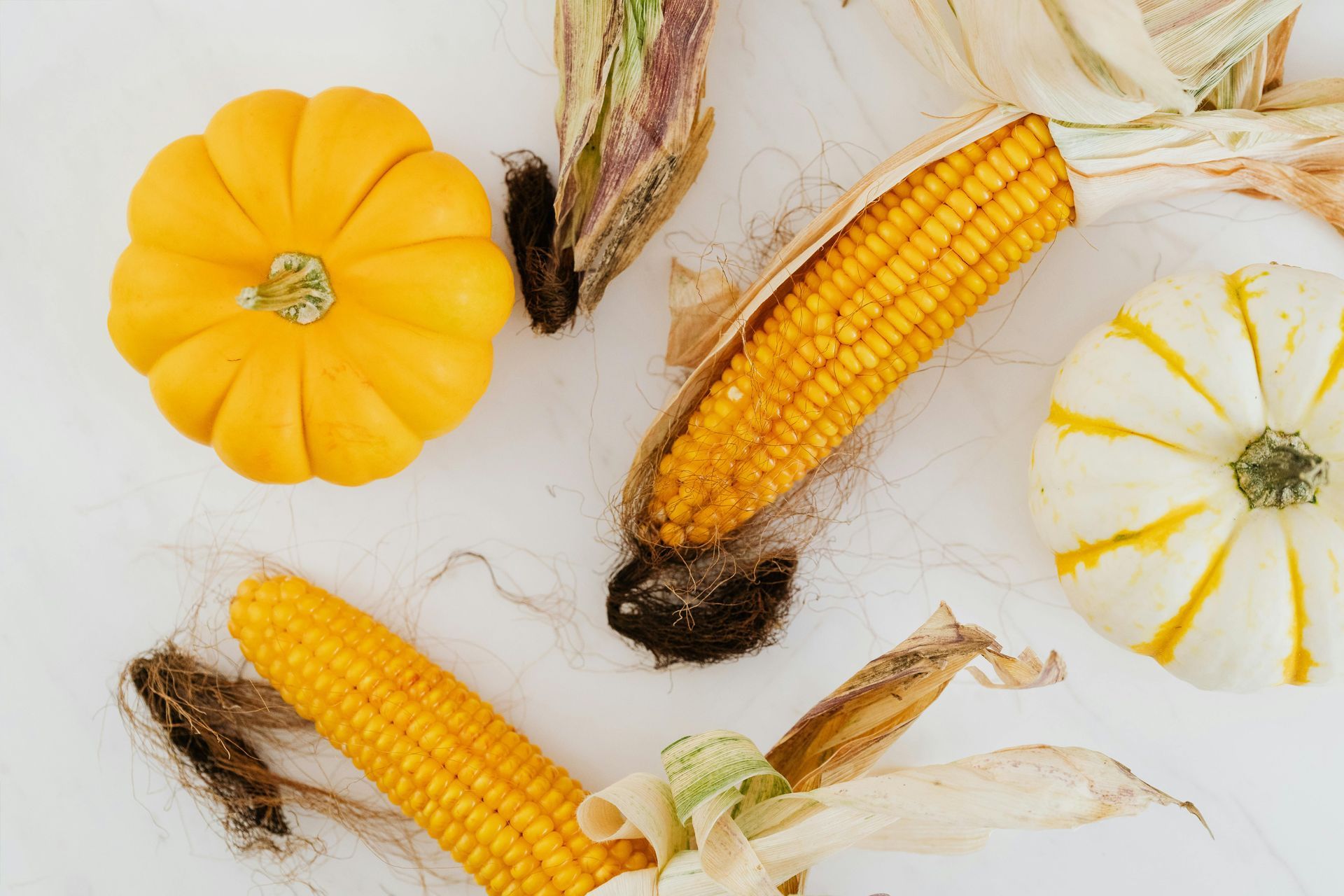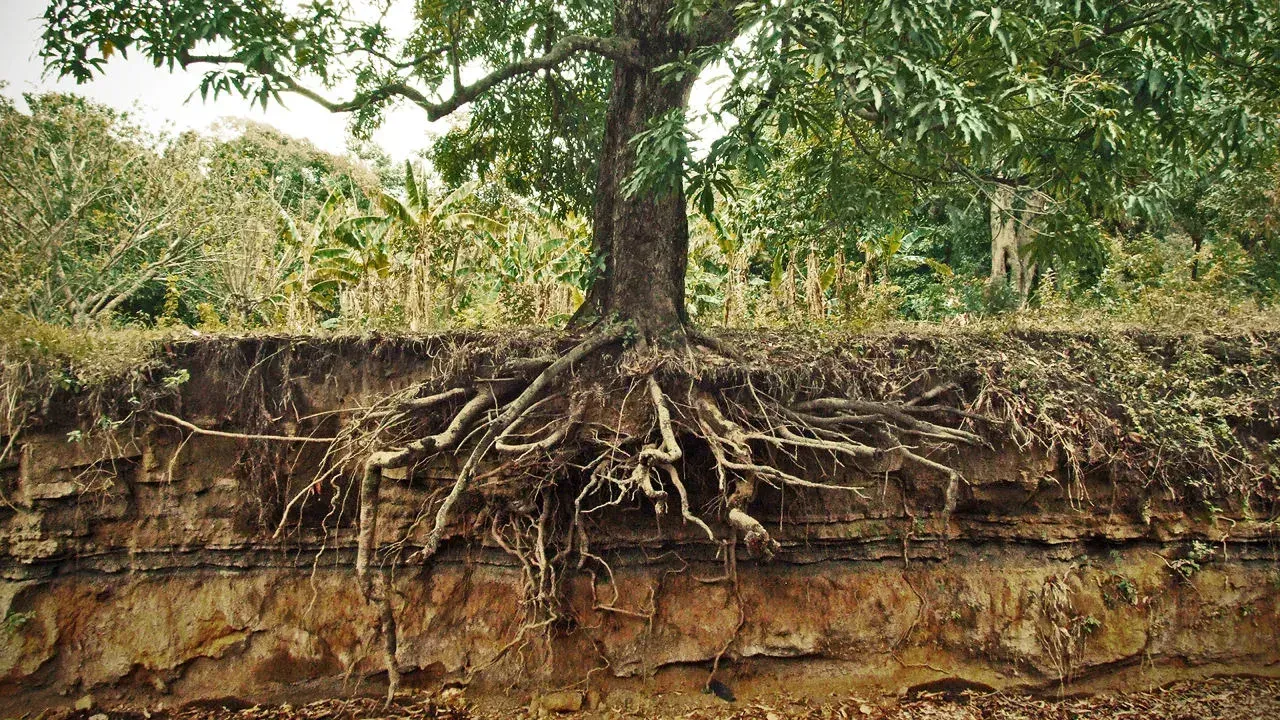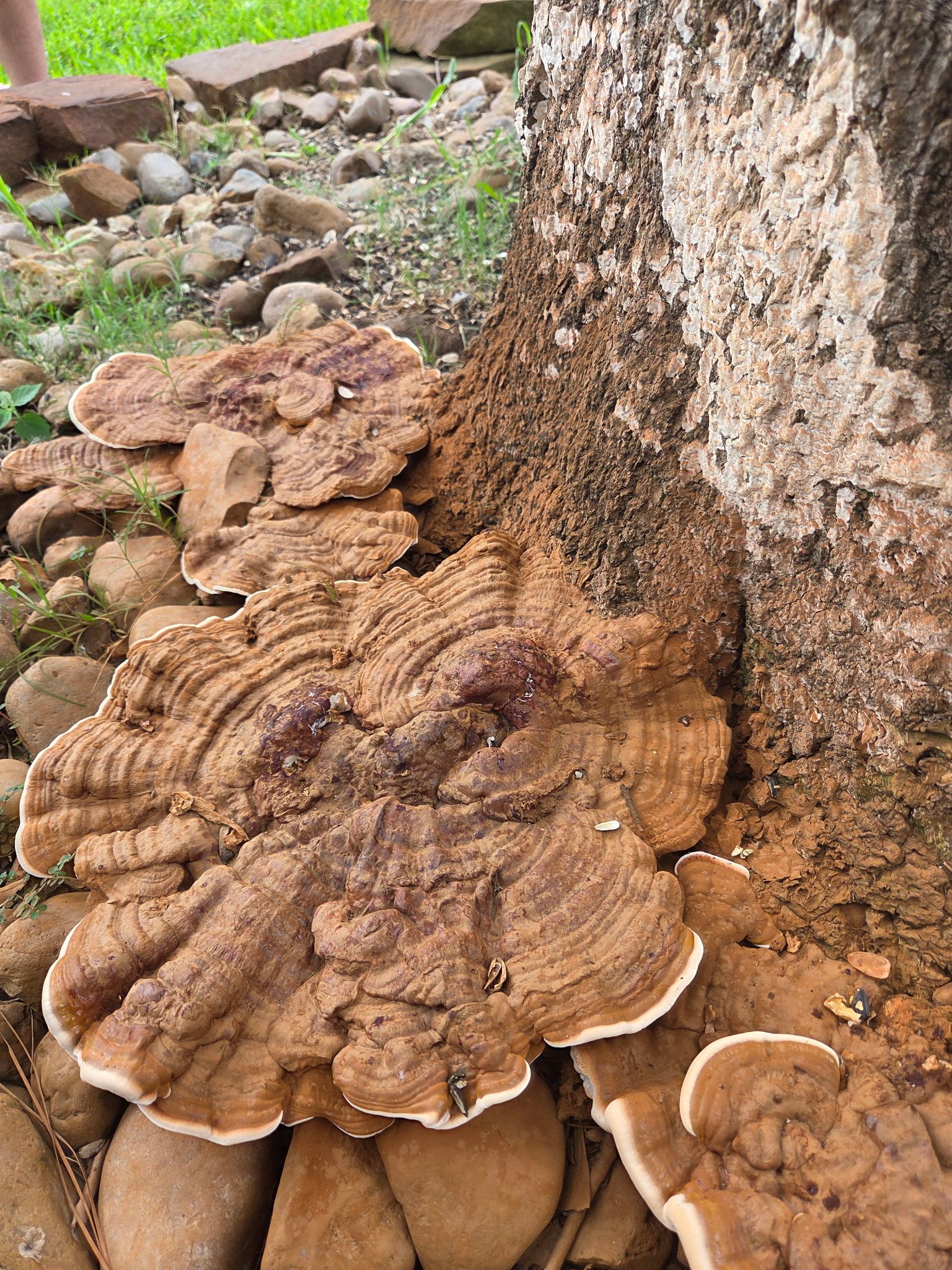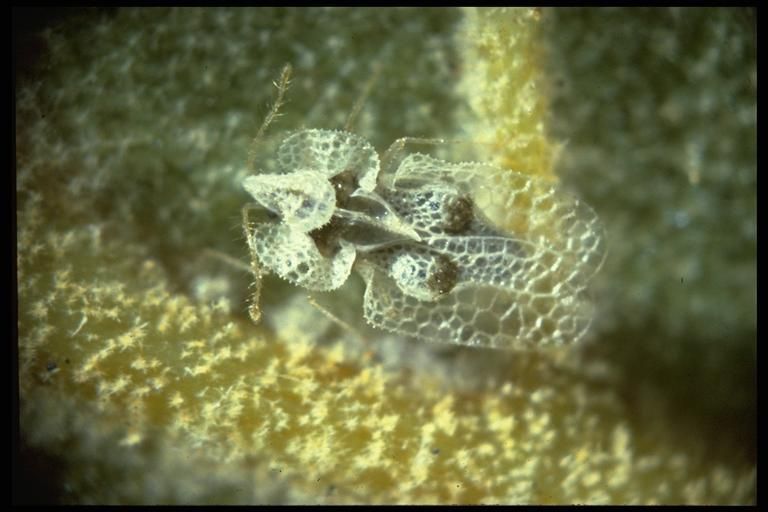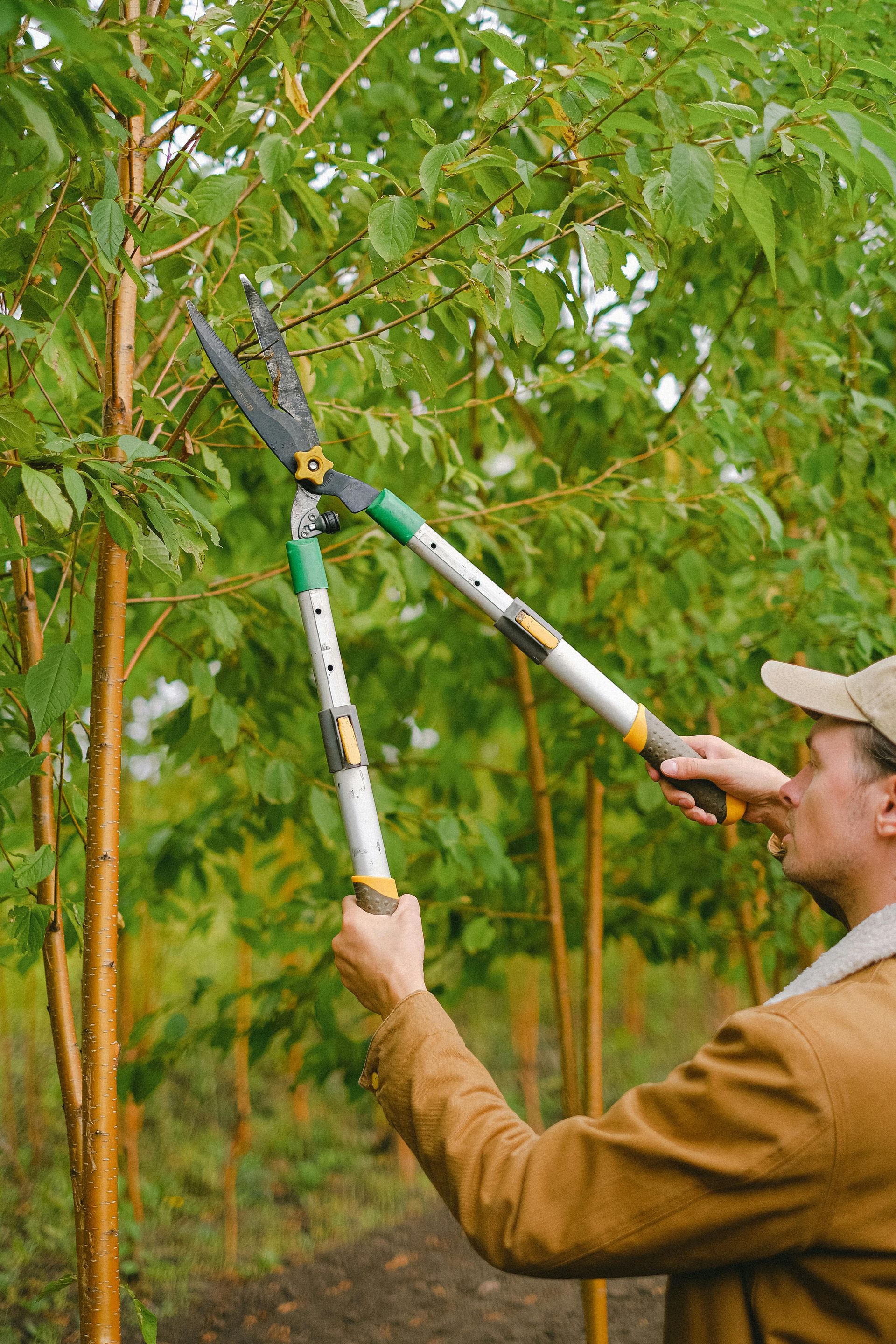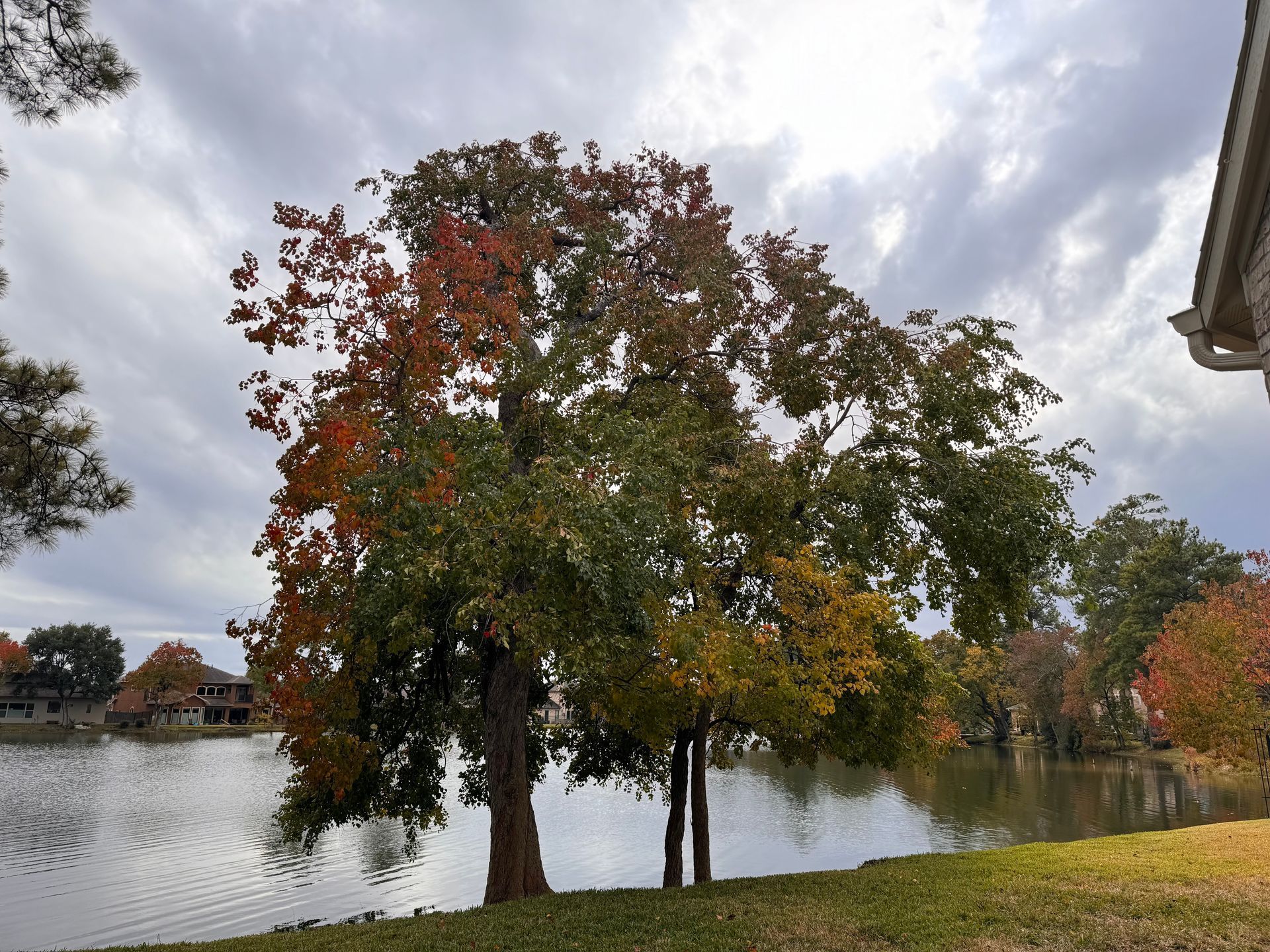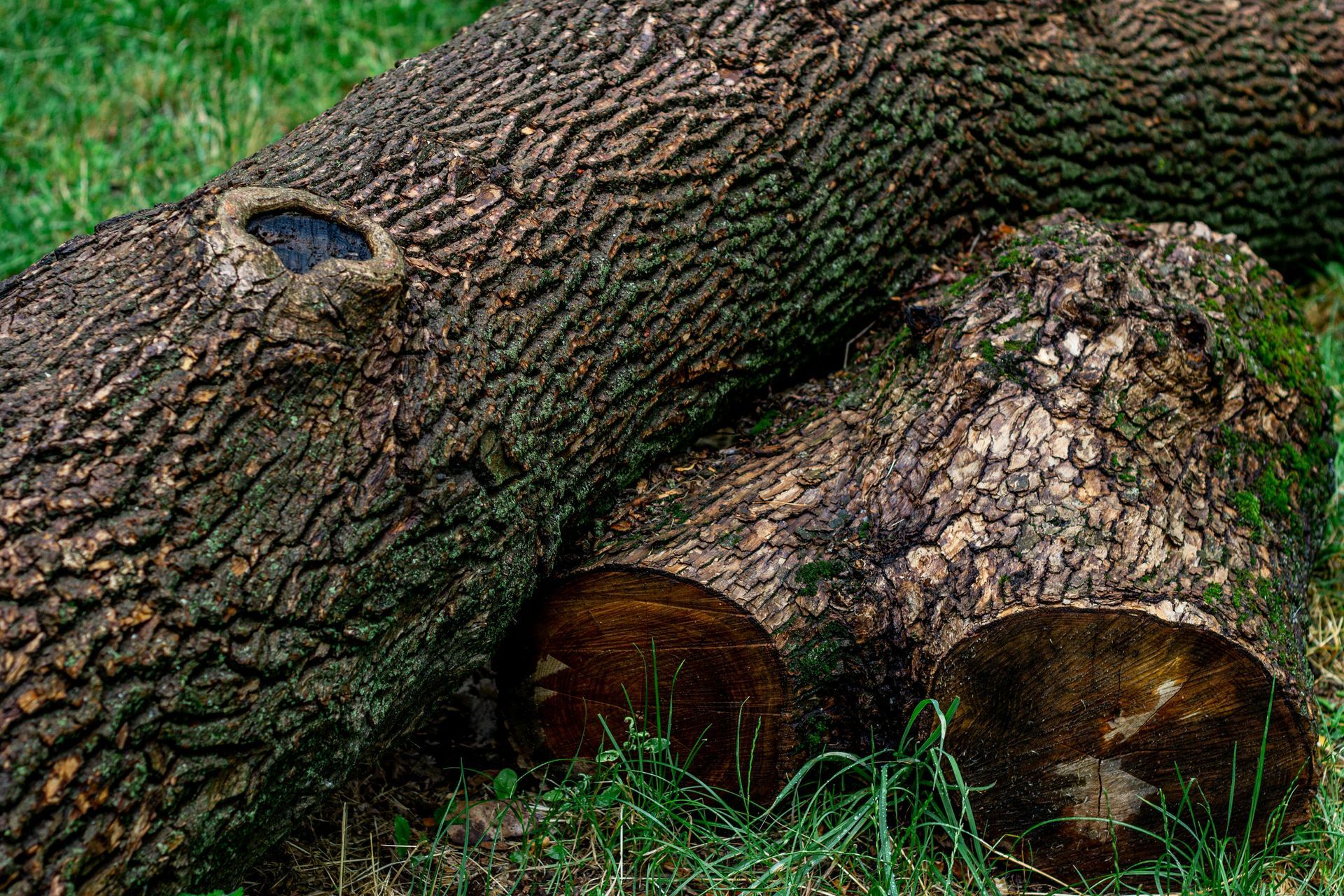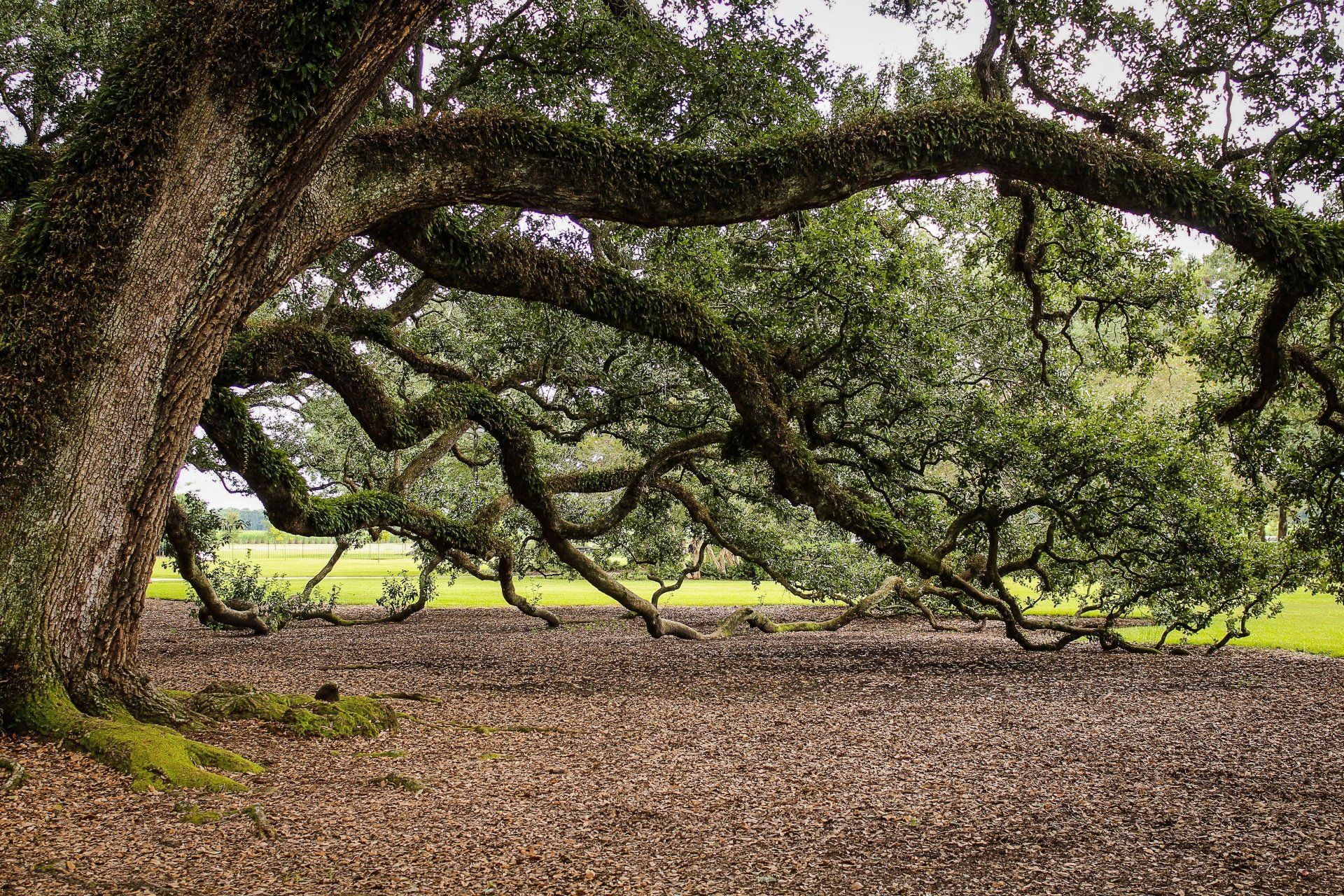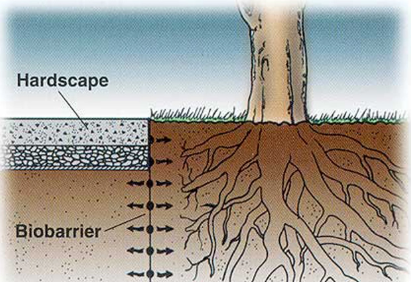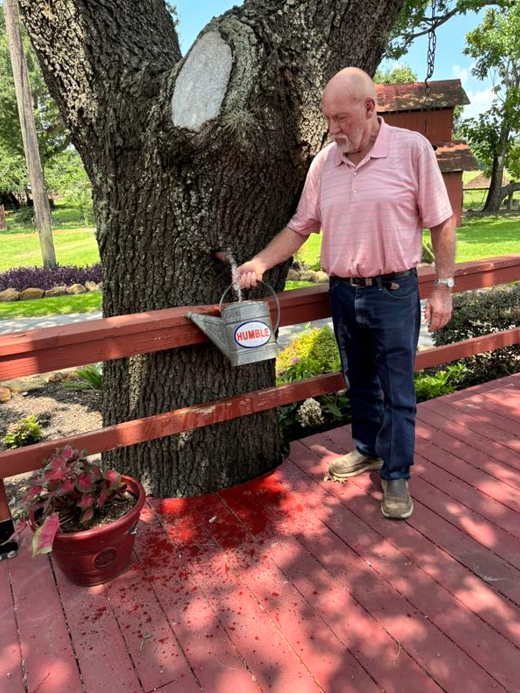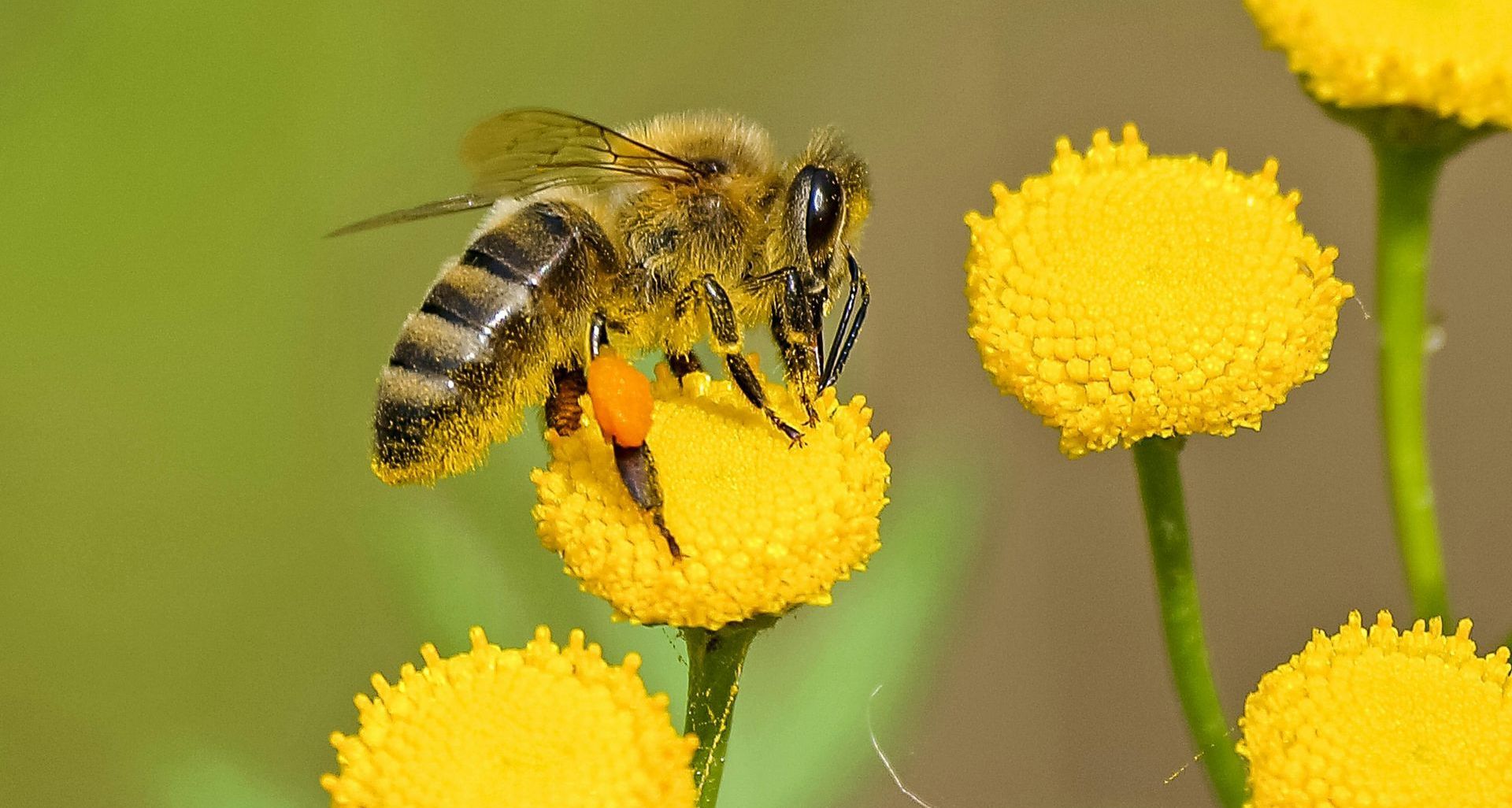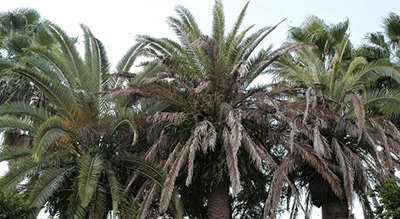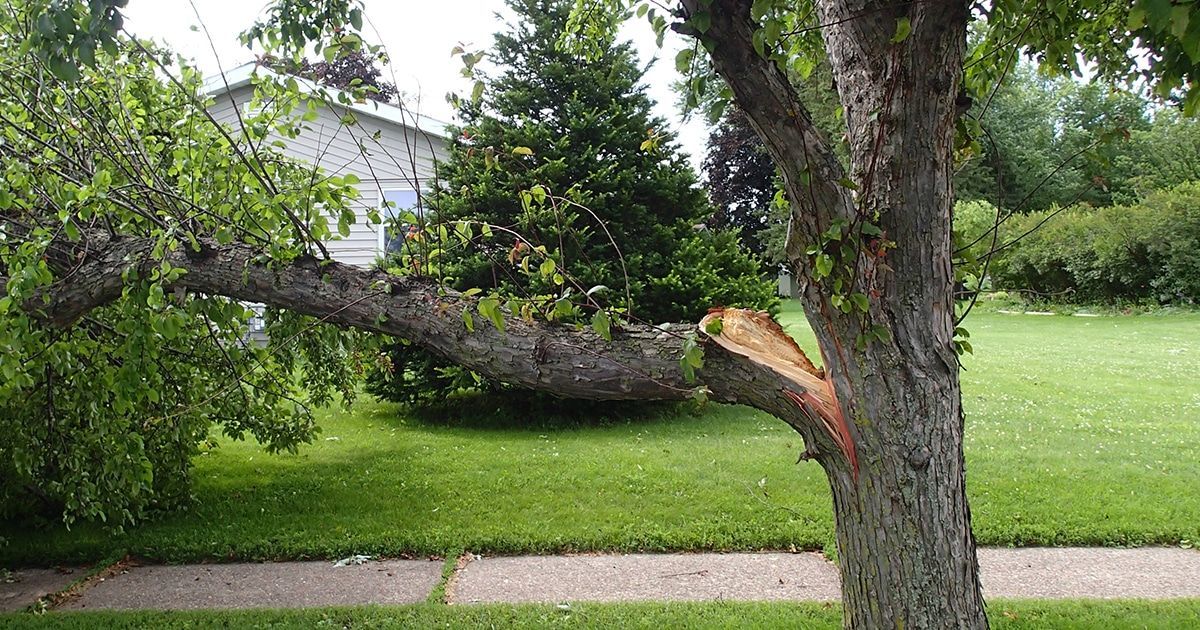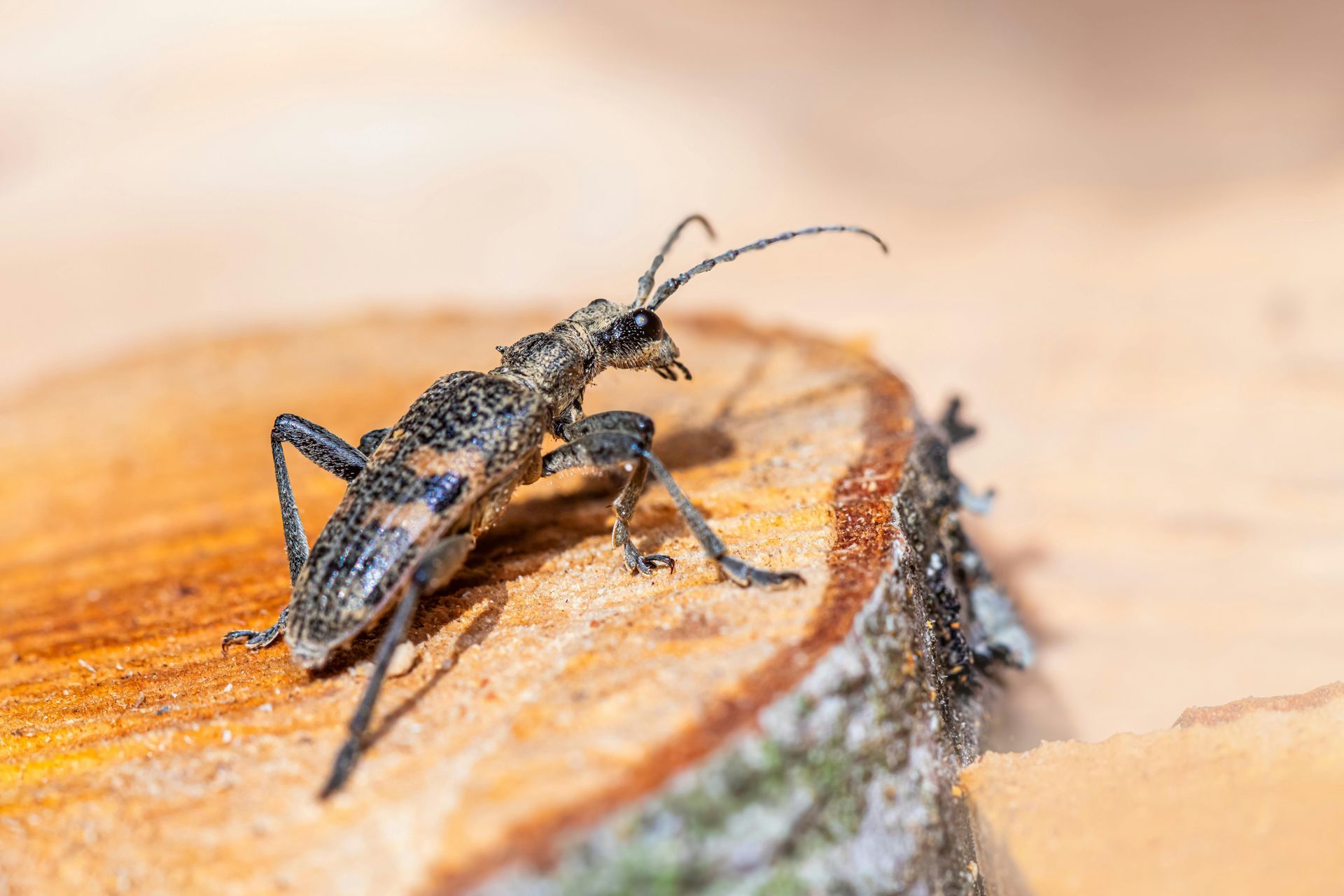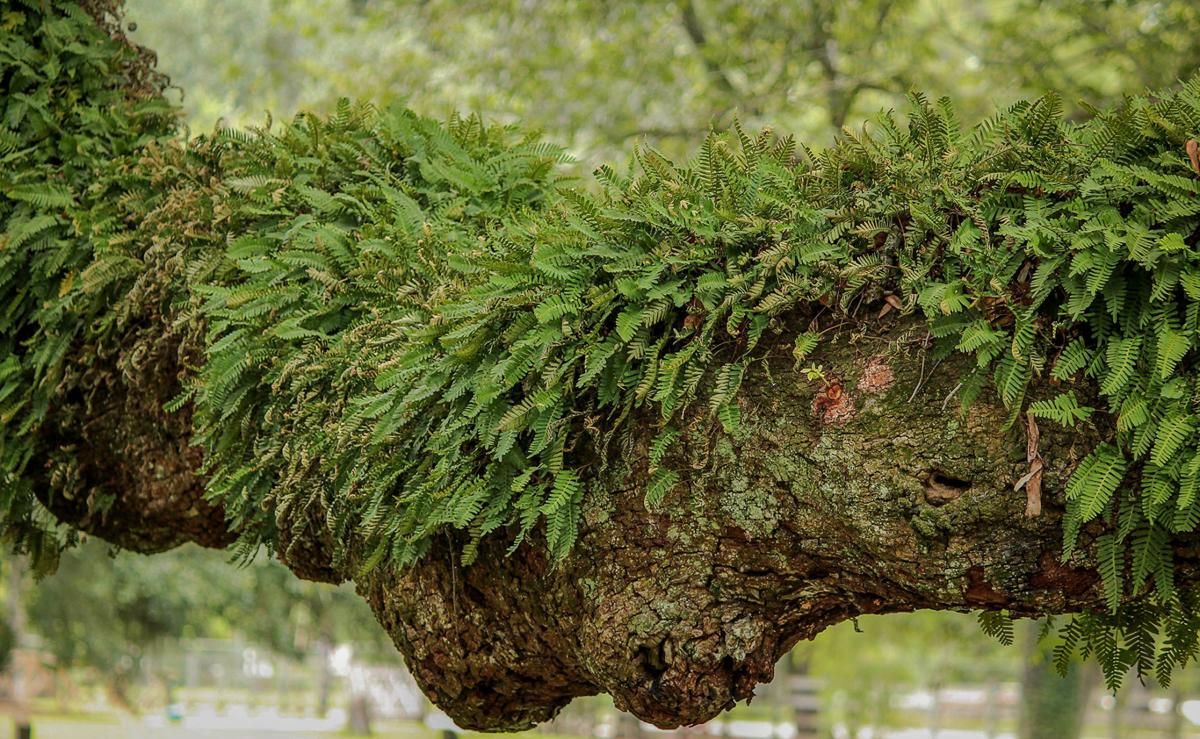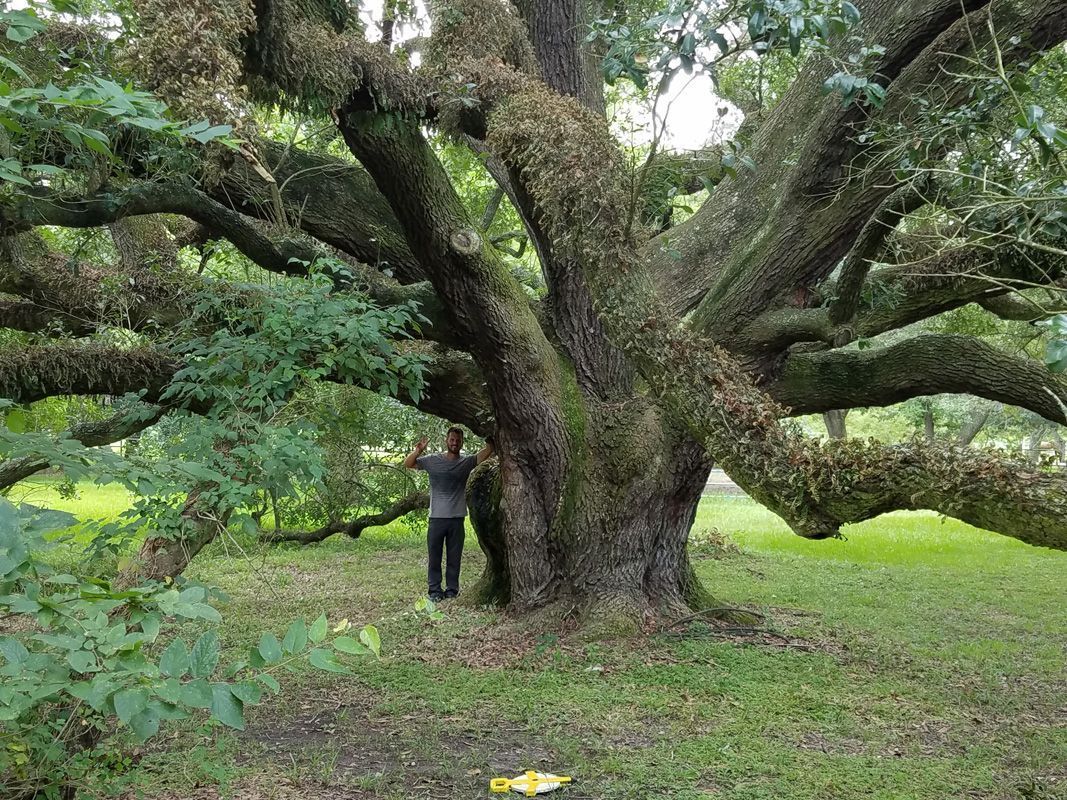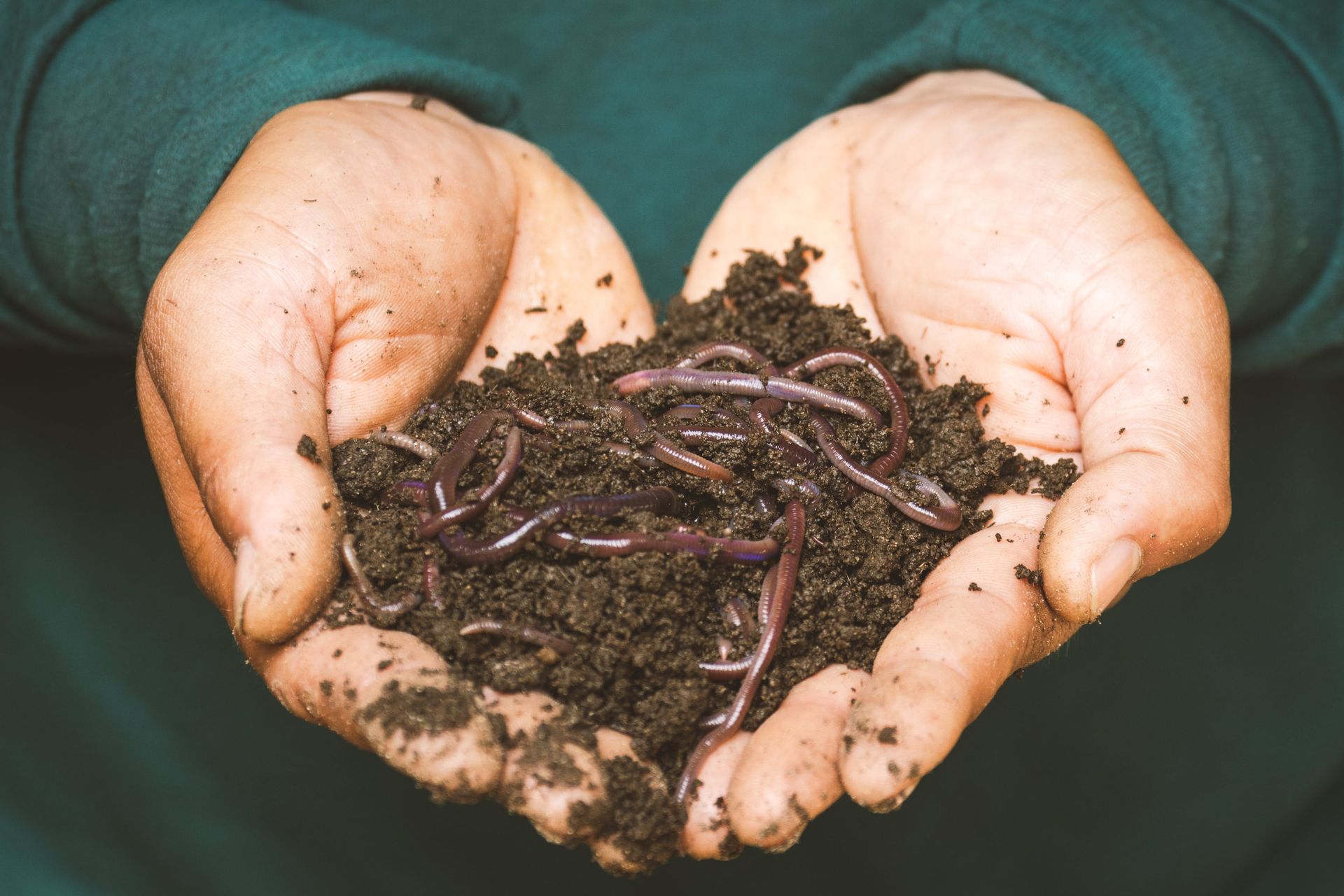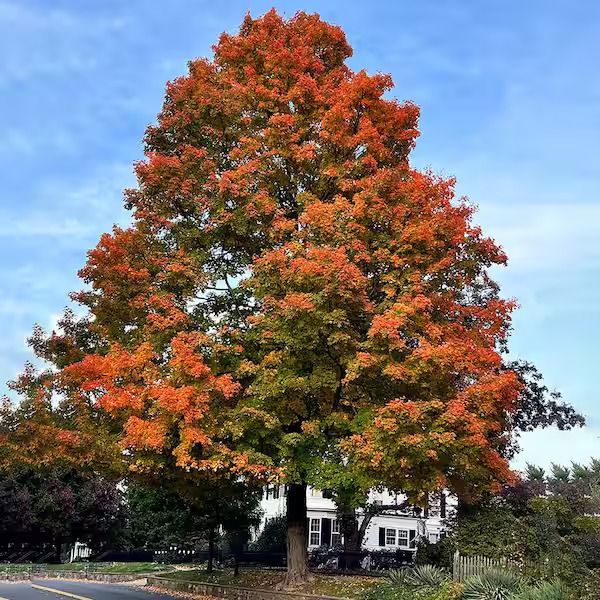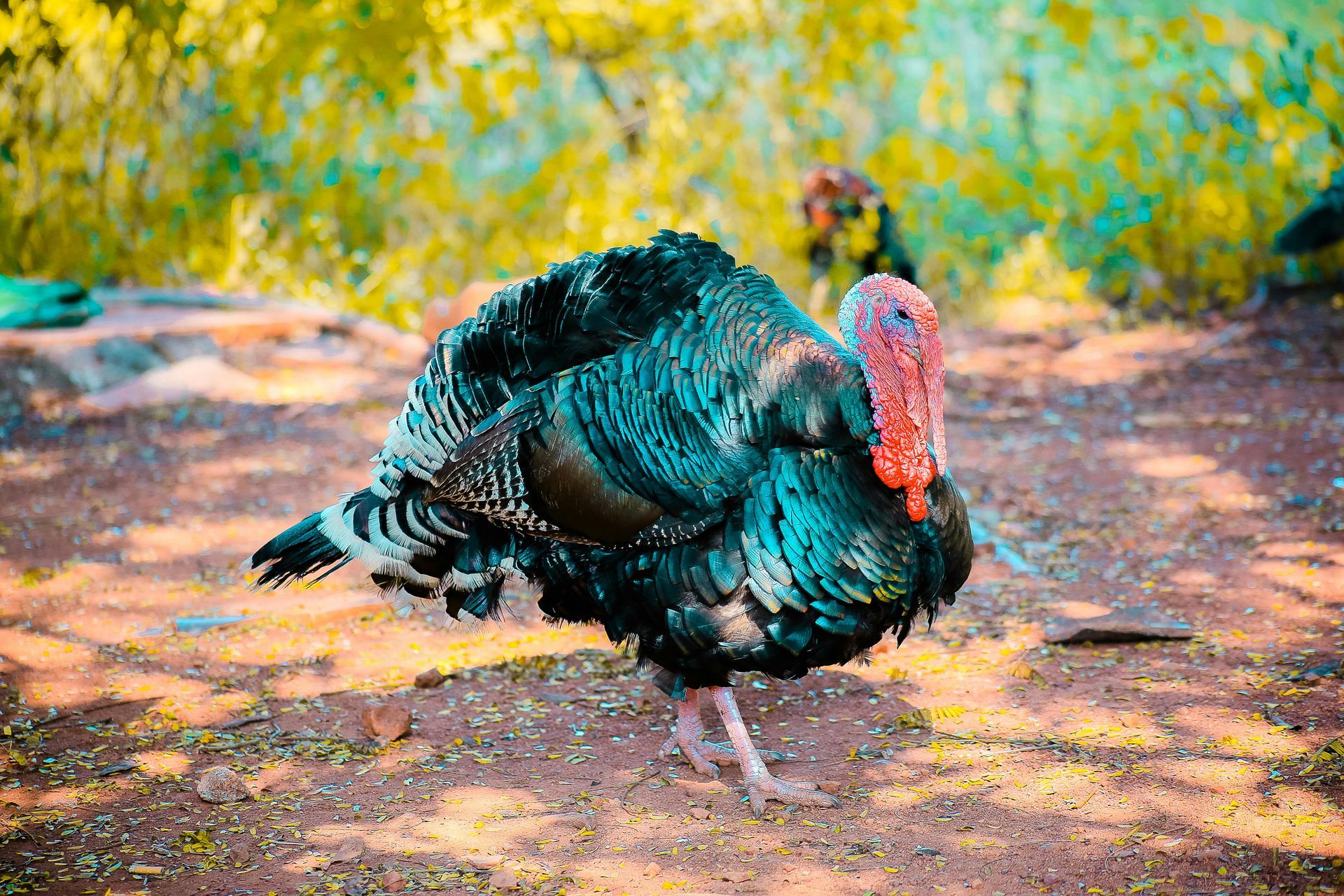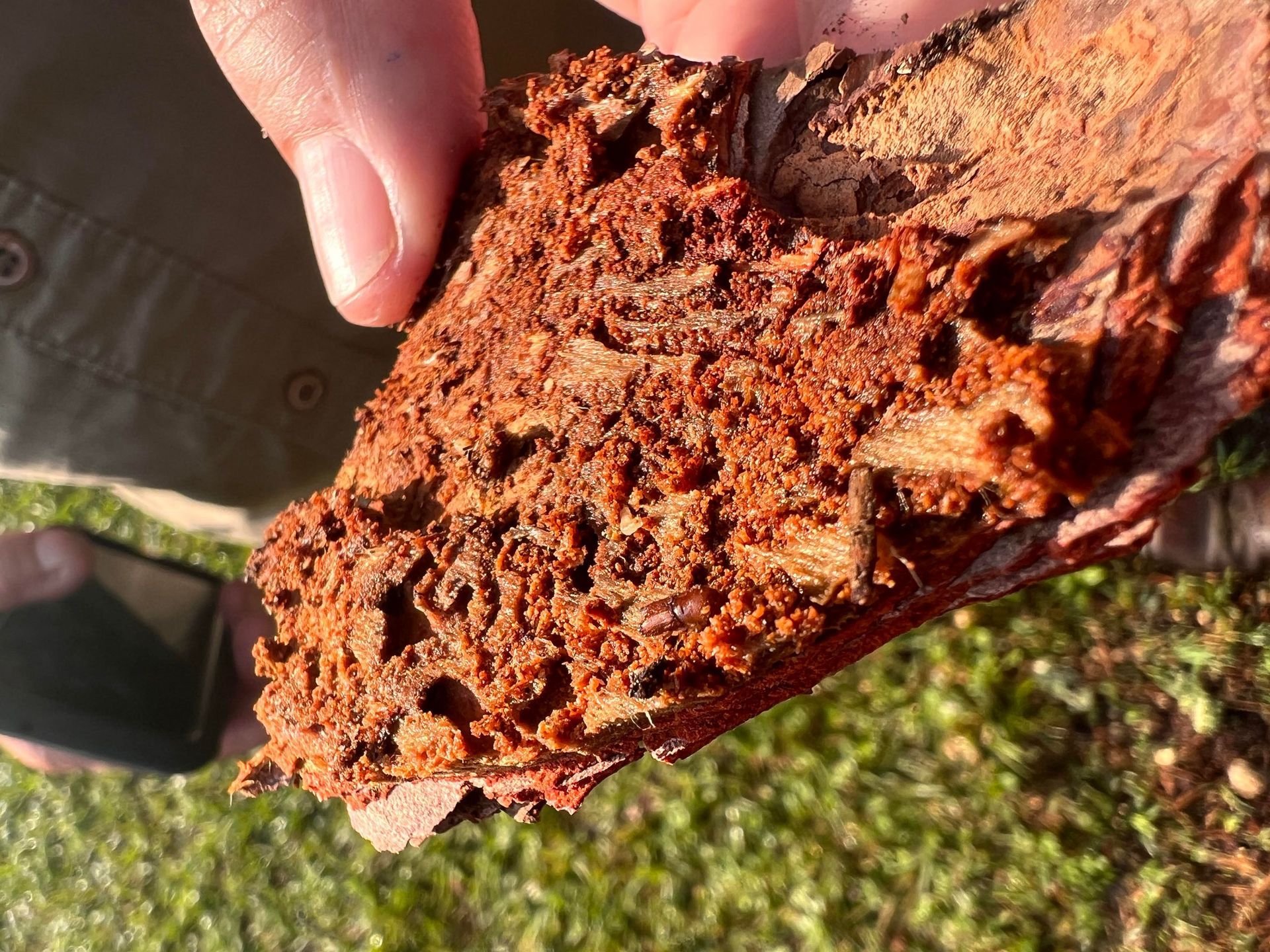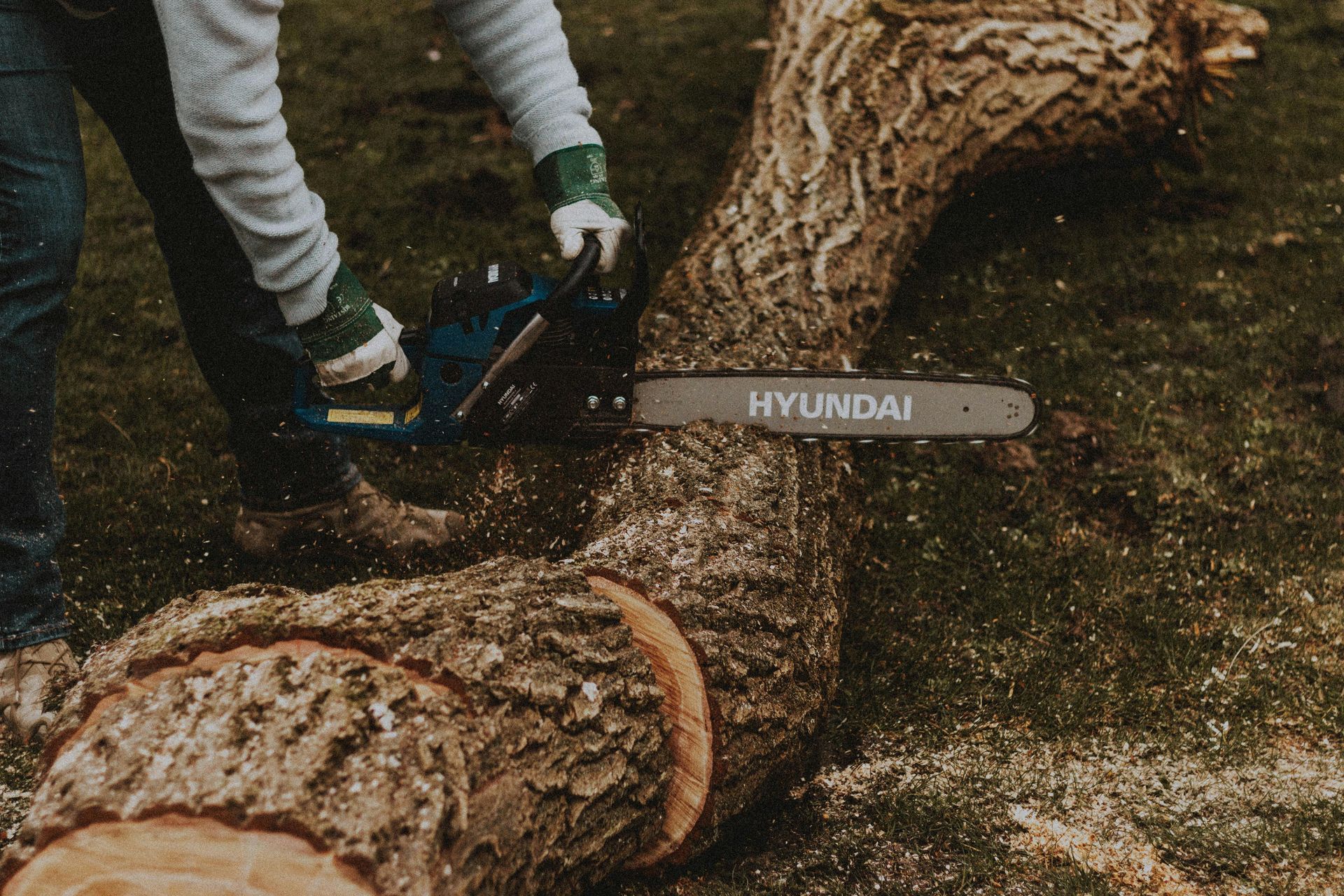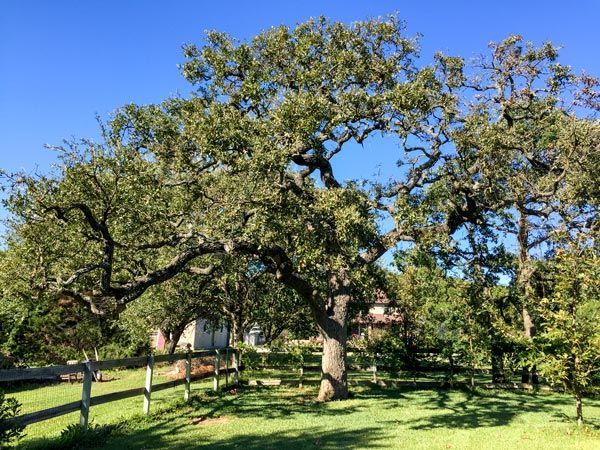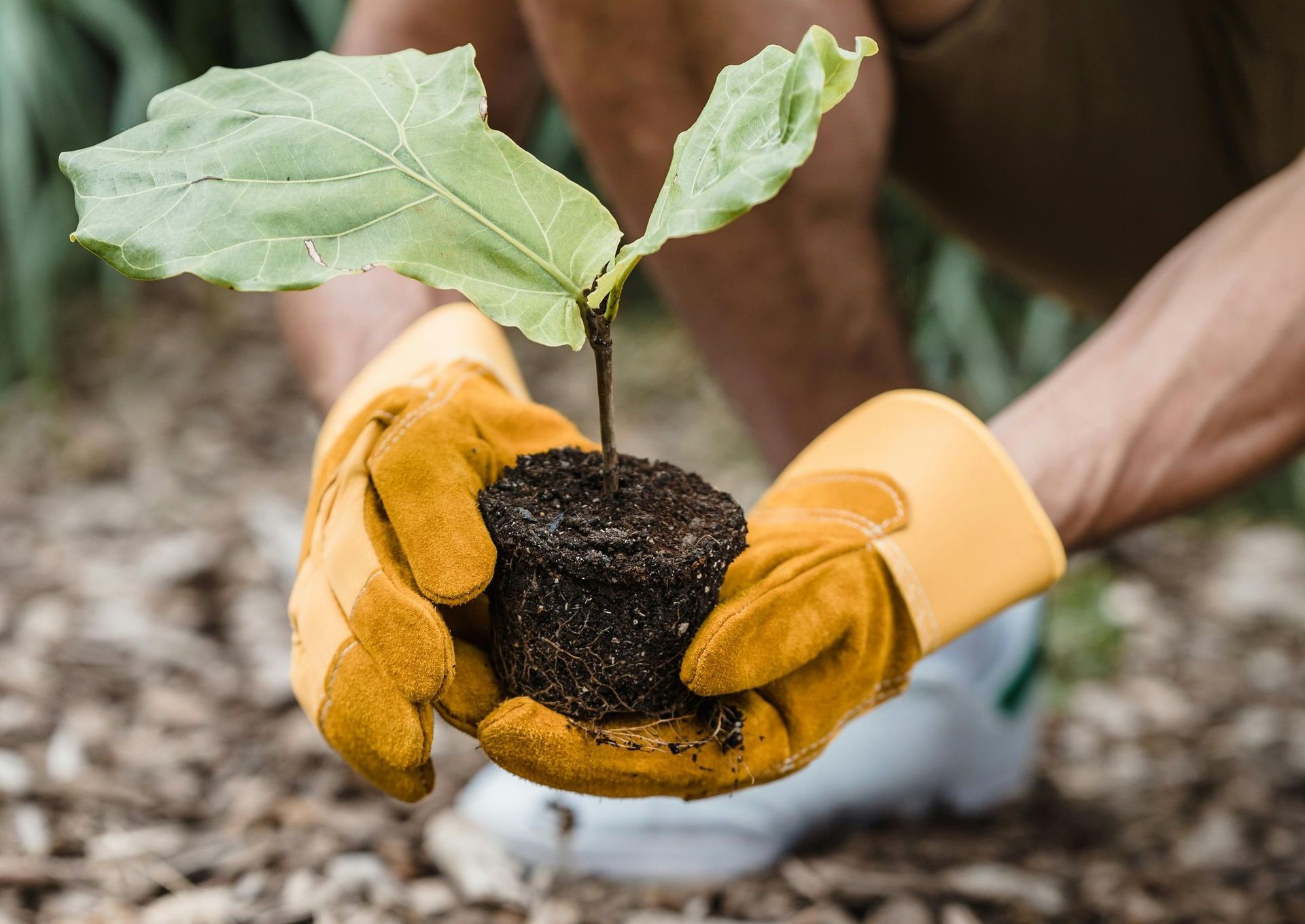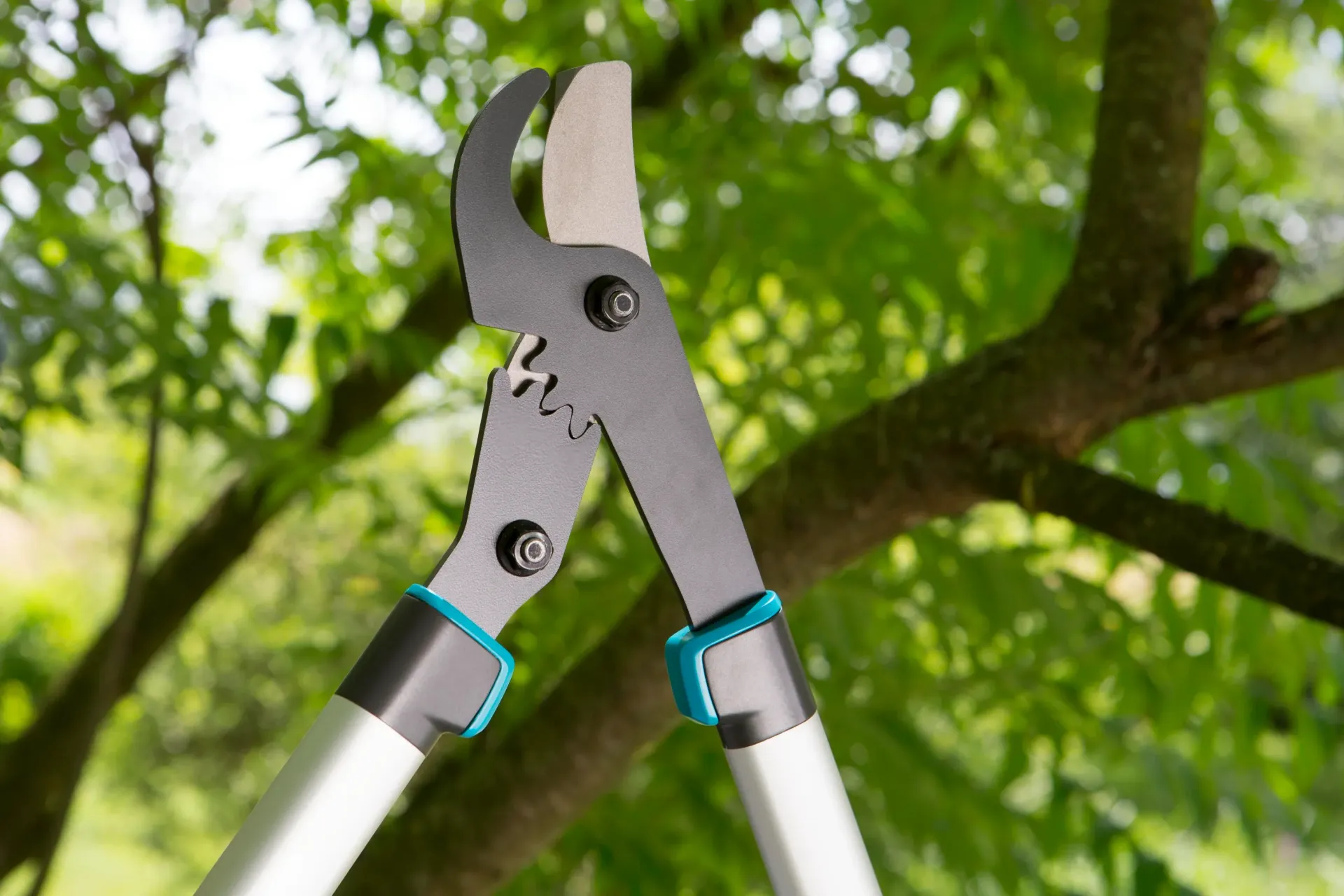Liriope’s Muse: Tree Care Tips from a Master Arborist
TRUSTED TREE CARE SERVICES SINCE 1970
Liriope's Muse: The Hazards of Dirty Mulch

Trees, like humans, are susceptible to disease and infection if exposed to unsanitary mulch, equipment, and other sick or infected trees. So its no wonder that exposing a tree to dirty and unsanitary mulch can negatively affect them. This would be the equivalent of using someone with tb’s used tissue to blow your nose or someone who has hepatitis’s dirty needle to start your iv. Dirty mulch is a biohazard in the same way that dirty medical equipment is a biohazard.
So, what is dirty mulch? Mulch can be dirty in many ways, such as having debris or trash in it, having unhealthy mold festering in it, carrying parasitic pests, or housing harmful diseases and bacteria. But in this blog, we will be focusing on the parasites, bacteria, and diseases that can be found in mulch. Mulch is made up of ground, chipped-up pieces of wood, coming either straight from a tree or recycled wood from construction and palettes. And for the most part, sourcing mulch through those two main sources (or that way) is perfectly reliable and safe. However, it is not until an infected tree’s mulch is added that the mulch becomes ‘dirty’. The bacteria, diseases, or parasites spread from the infected trees mulch to all of the surrounding mulch. Growing and spreading until there is no new mulch to infect, like a plague. Mulch, like trees makes for the perfect breeding ground for infections and pests.
There are thousands of trees mulched each day, the chances of infected and or sick trees getting mixed up in the bunch is extremely common and happens far too often. This is usually because many tree services or land clearing crews don’t understand the significance of adding diseased trees to the mix and most may not even know a tree is infected to begin with. So, mulch fields are constantly being exposed to multiple infections and pests that fester like a cesspool. Making a perfectly deadly cocktail for all trees who come into contact with it.
You cannot compost a disease out of the mulch naturally, it will continue to exist as long as there is organic matter left. It is not until there is nothing but mineral soil left that the diseases will be eradicated. It has been found that these diseases can survive anywhere between 1 – 10 years in the mulch.
There is very little research on this topic as it is a concern that has just surfaced in the last few years, but we do know that dirty mulching has caused an epidemic among the tree community. There are more sick trees now than ever before and we can thank dirty mulch and unsanitary tree practices for this. The rise in sick trees directly correlates with the rise in recycling mulches in the 1970s.
Wood mulch became popular due to the Clean Air Act of 1970, previous to this sawdust, mulch, and tree bark were burnt for disposal. Anyone who grew up in the 1970s and earlier will remember that mulch was not a ‘thing’. People did not regularly mulch their trees/landscapes and you could not find mulch at your local hardware store or garden center. To solve the issue of air pollution from burning scraps, the wood industry had to find an alternative way to dispose of this green waste. The National Forest Service (NFS) proposed the first idea of mulching these wood scraps, they reported that tree bark was a useful source of humus in the forest. (Suggesting that adding the scraps to the base of trees and around plants wouldn’t be a bad idea and can actually benefit them) and so began the American obsession. Mulch started as a way to properly dispose of green industry waste and quickly became a fad. Factories began creating mulch for the sole purpose of gardening and or landscaping. The demand for mulch was high and surpassed the byproducts produced by the mills, so factories started using old pallets, construction site waste, and trees to create their mulch. This changed the purpose of mulching from a helpful way to dispose of mulch, to a way of beautifying your yard at the expense of your plants.
How can dirty mulching be prevented?
We can prevent the creation and spreading of dirty mulch by educating our community and local tree services on the severity of cross-contamination and how to identify sick or infected trees. It is important that diseased trees are disposed of in landfills only, not mulch yards for recycling as they add to the current pandemic. We cannot stop the whole United Stated from using dirty mulch, but we can spread awareness so that people can be conscientious about what they are putting in their gardens and around their trees.
How can I find healthy mulch and ensure it is safe for my tree?
Though finding clean mulch can be tricky, it is out there and available. Many mills sell their mulch for decent prices, but if you cannot find pure wood mulch then dye-free, un-treated, and organic mulch is the next best choice. Avoid bagged mulch from your local garden center as the mulch is typically treated with harmful chemicals, loaded with dyes, and many are sourced from local mulch yards. Most importantly, Avoid buying mulch from mulch yards at all costs, as they are the root of this dirty mulch pandemic. Not only do they carry parasites, fungi, and a multitude of diseases but you may find trash like rusty nails and glass! However, if you do not have access to ‘clean’ mulch, try using a non-native mulch on your tree. Many pathogens only affect certain species of trees, so if you get Elm chips and they happen to be infected with the DutchElm Disease, the chances are it will not affect your Palm tree or Magnolia.
Keep in mind mulch was not made for trees, it does not directly benefit trees. We as a community have flooded our trees with mulch and it wasn’t until after that we have found the few benefits mulching has to offer. So, your tree may be better off without it. That being said, if your tree is mulched do not fret! See THIS BLOG to learn tips on how to properly mulch your trees.
To learn more about this topic, I recommend the following articles:
Edge of The Woods Nursery - Living Mulch an Ecological Alternative
Univeristy of Wisconsin Extension - Wood Mulch and Tree Health
Univeristy of Washington - Wood Chips can Spead Diseases
The Potential of Mulch to Transmit Three Tree Pathogens
Illinois Foresty Association - Tree Pathogen Survival In Chipped Wood Mulch
Liriope’s Muse - Expert Tree Care Tips
